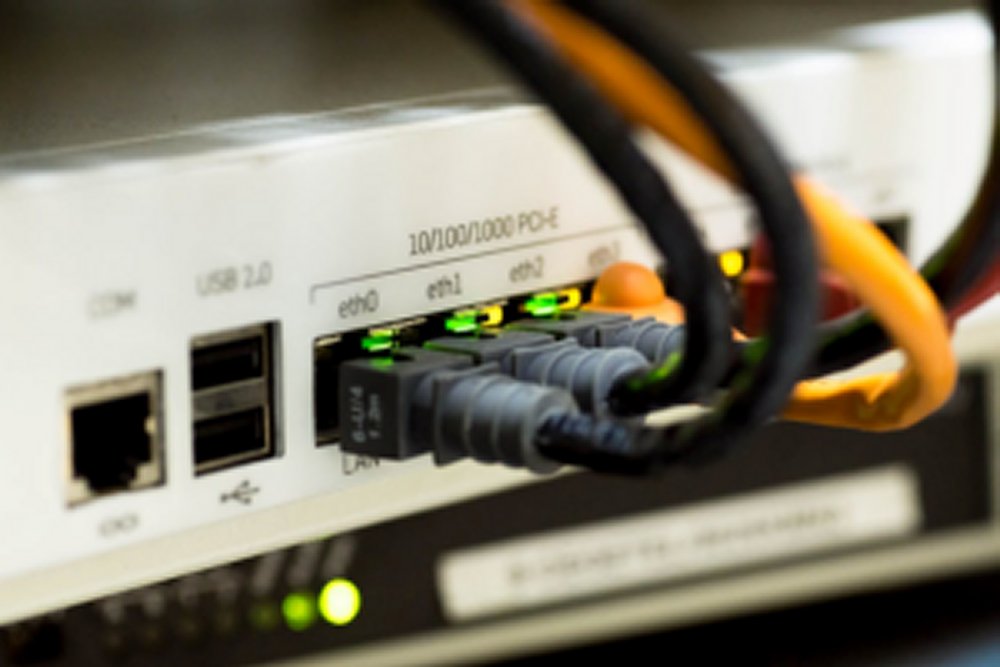Network diagrams are visual representations of the physical and logical connectivity in a network. They provide an overview of how devices like computers, routers, switches, and servers are interconnected and communicate with each other.

https://www.pexels.com/photo/white-switch-hub-turned-on-159304/
The Role of Network Diagrams
These diagrams play a critical role in enterprise networks by visually mapping the physical and logical connectivity between devices. They help document a complex infrastructure with abstract symbols and connections. Diagrams facilitate planning and upgrades by modeling different scenarios and equipment layouts. They also aid troubleshooting by providing references to isolate faults. As networks scale and evolve, diagrams track changes and new configurations. Network diagramming simplifies management and communication about the network through easy-to-understand visualization.
Let’s take a closer look at why network diagrams serve several important functions.
Visualizing the Physical Topology
Physical topology diagrams illustrate the actual interconnections between devices. This includes showing how cables and wires are plugged into network equipment. Common physical topologies represented in diagrams are bus, ring, star, and mesh. The diagrams make it easy to see how nodes connect to the network physically.
Mapping the Logical Topology
Logical topology diagrams depict how data flows within the network. This is different from physical topology which focuses on hardware connections. Logical topology illustrates data packet flows and highlights major network segments. Some common logical topologies shown in diagrams are point-to-point, bus, and star.
Documentation and Communication
Network diagrams provide documentation of the network design. They allow network engineers and stakeholders to visually examine the network architecture. Diagrams are useful for referencing during maintenance, upgrades and troubleshooting. They also facilitate discussion and communication about the network.
Planning and Design
When planning a new network or expanding an existing one, diagrams are invaluable for mapping out equipment placement and connections. They enable engineers to optimize the network topology and configuration. During the design process, diagrams can model different scenarios to meet performance, resilience and business requirements.
Managing Complexity
In large enterprise networks with thousands of devices, diagrams are essential to organize and simplify complexity. Rather than show every node, diagrams provide a high-level abstraction with symbols, icons and color coding. This allows the viewer to quickly comprehend the overall network structure.
Change Visualization
As networks grow and evolve, diagrams provide a snapshot to track changes over time. Comparing current and previous versions helps highlight new equipment, configurations and layouts. Diagrams make it easy to assess the impact of changes on the existing infrastructure.
Troubleshooting
When problems occur, the documentation in diagrams assists with investigating and isolating faults. They provide reference to examine configuration errors or locate where equipment failures are impacting network performance and availability.
Network diagrams serve many vital functions related to designing, implementing, documenting and operating networks. They provide visualization of the underlying infrastructure and insight into how components are interconnected. Diagrams enhance comprehension, communication and management of connectivity in networks, both large and small. Whether representing physical devices or logical data flows, network diagrams are an essential tool for engineers, administrators and other stakeholders. Their ability to map complexity and change over time makes them invaluable assets in managing enterprise networks.
